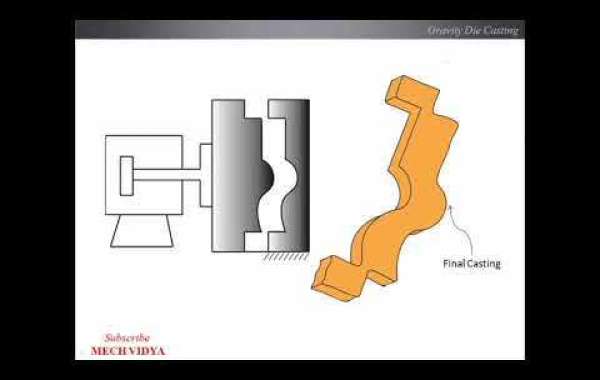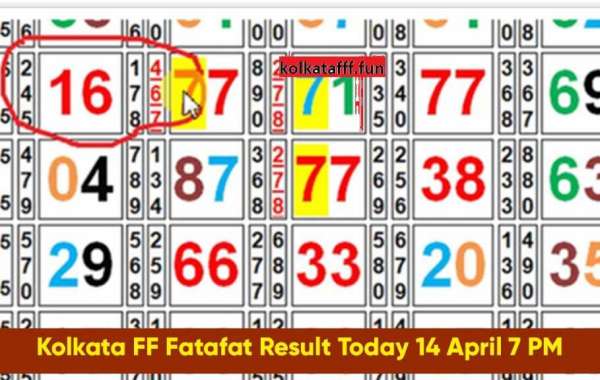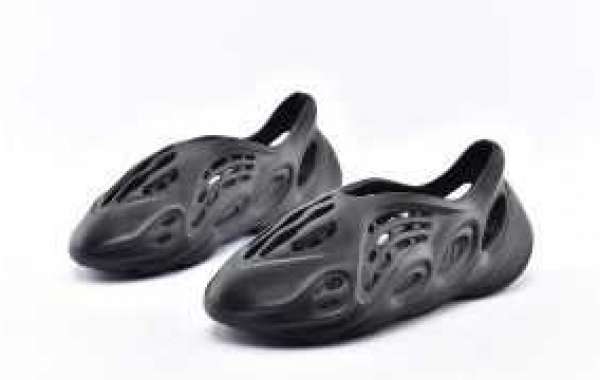Because of aluminum's unique properties, which include lightweight, corrosion resistance, high electrical and thermal conductivity, high stability for complex shapes, and high tensile strength, the popularity of aluminum has spread to a wide range of applications all over the world. Aluminum is used in a variety of industries, including aerospace, automotive, and construction.As a result, aluminum has gained market share, primarily as a result of the fact that it is a competitive market share competitor.Approximately two-thirds of the end-use segments in the industry are accounted for by the transportation industry.Aluminum casting demand in the automotive industry is increasing as a result of increased government regulations on emissions, as well as consumer demand for more fuel-efficient automobiles, according to the Aluminum Institute.In the automotive industry, for example, the replacement of heavy iron and steel components in a vehicle with lightweight, high-quality aluminum components in order to improve the vehicle's fuel efficiency and emissions is an example of increased operations.Aluminum die cast is an excellent choice for electronic connector and housing applications due to its excellent electrical performance and shielding properties, which make it suitable for use in high temperature environments.
An additional industry with a high demand for aluminum die casting is the transportation and logistics industry. This industry, which is particularly prevalent in developing countries and particularly in the Asia Pacific region, is another industry with a high demand for aluminum die casting manufacturer.There are many different types of products made from it, including windows and cladding.Curtain walling and prefabricated buildings are two other applications for this material.Additionally, it is used in the manufacturing of shop partitions and fittings, among other things..Along with their use in the automotive industry, aluminum die casting products are also found in aerospace operations and airplanes all over the world, as well as in the military.According to the company, the aerospace industry is attempting to produce a more dense, higher-quality product at a lower cost for these air-frame components as aircraft sizes continue to grow in tandem with population growth rates, as indicated by the company.
According to Transparency Market Research, the Asia-Pacific region accounts for more than half of the global market for aluminum castings, with the United States accounting for the remaining half of the global market for aluminum castings.Between 2017 and 2025, China is expected to generate the highest compound annual growth rate of 5.3%, allowing the country to increase its market share even further in the years to come.By 2025, it is expected that this market region will generate an average of $22.67 billion in revenue per year on average.The combined influence of the European Union and the countries of North America is also a significant driving force in the global market for aluminum castings, as previously stated.A 5.1% compound annual growth rate will be achieved in the European Union during the forecast period, with a 4.9% compound annual growth rate in the North American region by the end of that period. This will result in combined revenues of $9.45 billion in the European Union and North American region by the end of that period.The statistics presented in this article demonstrate the significance of future growth in Aluminum zinc alloy die casting in terms of meeting global production requirements.
In the case of die casting, there are two options: installation casting or sand casting. Installation casting is the more common method.
Sand casting and investment casting are both methods of producing metal parts in the manufacturing industry that involve pouring molten metal into three-dimensional molds. Both methods are used in the production of automotive parts.Sand casting is a method of producing metal parts in the manufacturing industry that has been around for a long time.Despite the fact that the metalworking industry has been in existence for thousands of years, there are significant differences between the two methods of producing metal parts that are currently available.Investment in both sand and capital is recommended.Techniques for die casting mold
have evolved over time to reduce the amount of metal that is required for a part while also decreasing the amount of machining and finishing that is required to complete the part.
Sand casting is widely regarded as the oldest and most widely used method in the casting industry, owing to the material's unique and versatile properties. Sand casting is also the most cost-effective method.A ladle full of molten metal serves as the starting point for the process, which is carried out without the use of high pressure or heat, with the metal pouring directly into a sand mold from the mold.Molds are made by compacting sand around a pattern or model of the final product, after which the mold is split open and the pattern is carefully removed from the inside.For the void in the mold to be filled with molten metal, the mold must first be disassembled and then reassembled using the mold's two halves.Finally, after the mold has been allowed to cool, it is opened and the sand from the hot casting is shaken out before the finished product is removed to complete the process and seal the mold shut.
It is possible to cast tens of thousands of identical parts at the same time using multiple molds and the same sand more than once when using multiple molds.Considering that it is a time-consuming process that results in downtime of up to 5 minutes per casting, it is the most appropriate choice for parts that are produced in small quantities.Because the materials used in this process are less detailed and have rough surfaces, the final products typically necessitate the use of additional machining operations in order to smooth out the surface details on the materials used in this process.There are several significant advantages to sand casting over investment die casting, the most significant of which is the ease with which mold designs can be changed during the sanding process in order to accommodate changes in final product design.This is especially true when comparing investment die casting defects causes and solutions
to other types of casting.
Investment casting (also known as precision casting or lost wax casting) is a method of producing parts from molten metal, stainless steel alloys, brass, aluminum, and carbon steel. Precision casting is also known as lost wax casting or lost wax casting.This process is also referred to as lost wax casting in some circles.The process begins with the creation of a wax pattern in the shape of the final product that will be used, and then progresses to the next step in the process.To complete this step in the process, three different approaches can be used: creating a gelatin mold around a solid, creating a metal mold of the final product and filling it with hot wax, and carving a wax replica of the final product.As part of the casting process, a wax model is attached to an instrument that is repeatedly dipped into ceramic liquid. The hardening of the ceramic around the wax model causes the wax model to be transformed into the final shape and size of the cast model.In order to remove any remaining wax from the mold, a heat source is applied to it in order to melt it away, leaving an empty space into which molten metal can be poured after the mold has been completely filled with wax.
Finally, but certainly not least, the metal hardens within the ceramic mold before being broken away, revealing the finished cast metal component that was created.According to the industry, investment casting is a good choice for extremely complex casting designs because of the ease with which intricate and precise shapes can be created out of wax, which allows for more precise casting designs.When the part requires zero draft angles, which is something that die casting cannot provide, it may also be used instead of die casting.Considering that investment casting is done using an extremely thin liquid to create the molds, the cast parts can be almost any shape, allowing engineers to incorporate intricate features and complex shapes into their designs with unprecedented ease.Due to the significantly higher part prices incurred by investment casting when compared to the traditional die casting method, it is more advantageous for lower volume quantities. However, investment casting is more expensive than die casting.Investment casting, on the other hand, is more expensive than die casting.









